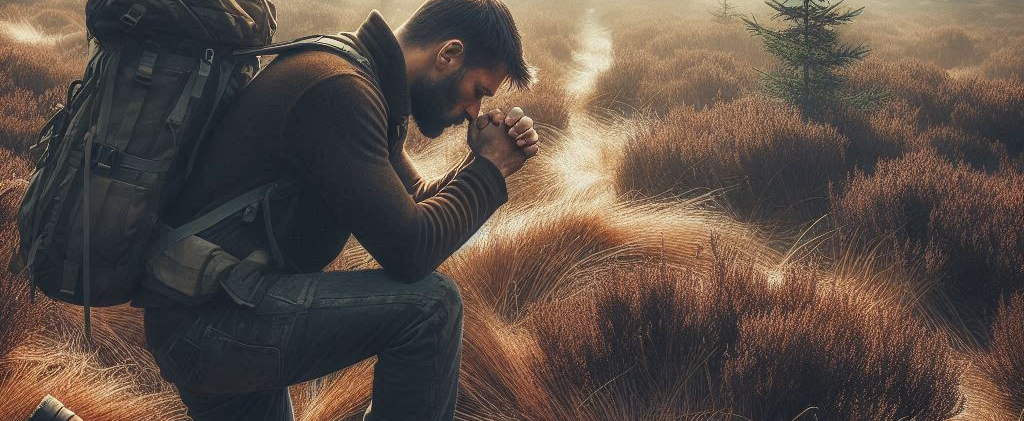The Leave No Trace movement is all about respect, plain and simple. It’s about making sure our beloved wilderness stays unspoiled, so future generations get to enjoy it too. So, what’s the big idea? It’s all about keeping nature as pristine as you found it.
Let’s break down these seven principles they’ve got going on. First up is planning ahead. Know where you’re going, and make sure you’re up for it. Prepping means you’re less likely to end up in a bind that could lead to unintentional damage to the environment.
Then, travel and camp on durable surfaces. Think rocky terrains or established paths—basically, any place where your visit won’t cause extra wear and tear. This keeps the flora undisturbed and prevents erosion.
Dispose of waste properly—yep, that means picking up all your trash and even packing out biodegradable stuff if no composting options are around. Oh, and don’t forget: bring a small trash bag when you’re out there. Whether you end up using it for your own stuff or spot a bit of litter that needs to go, it’s a lifesaver for the planet.
Leave what you find. No one needs another stone souvenir. Plus, it’s not just about cool rocks; this means plants and cultural artifacts too—everything should stay right where it is.
Minimize campfire impacts by keeping flames small and using existing fire rings if they’re available. Best practice? Use a stove if you can. Fires can scar the land and they’re risky when conditions are dry.
Respect wildlife. Keep your distance and don’t feed the animals. Human food isn’t good for their health, and once animals learn we’re a food source, it could lead to bad news for both them and hikers.
And finally, be considerate of other visitors. Everyone deserves a peaceful and enjoyable experience. Cranking up loud music or leaving behind litter not only disrupts nature’s vibes but affects how others enjoy their time too.
Essential Trail Etiquettes for a Green Hiking Experience
Good manners matter even in the great outdoors. Respecting wildlife and keeping to safe distances isn’t just polite—it’s crucial for their survival and your safety. Animals are best appreciated from afar, so grab those binoculars for a closer glimpse without causing distress.
Staying on marked trails is another biggie. It might be tempting to wander off and explore, but doing so can cause soil erosion, damage plant life, and disrupt animal habitats. Trails are designed to handle foot traffic while protecting the environment, so sticking to them helps preserve the natural beauty of the area.
Now, waste disposal. The mantra ‘pack it in, pack it out’ should be your hiking anthem. Whatever you carry in, carry it out, and that includes biodegradable material. This keeps trails clean and prevents wildlife from noshing on human food, which isn’t good for them at all.
Equipping yourself with a small trash bag is a smart move. Besides hauling out your own waste, you might come across some litter left behind by less mindful visitors. Picking it up isn’t just helpful—it’s a contribution to the environment and to other hikers who’ll follow the trail next.
Mind your noise levels as well, because no one needs your blasting playlist disrupting the serenity of nature. Keep conversation low and sounds to a minimum so everyone can enjoy the symphony of the wilderness instead of a human cacophony.
Tools and Tips for Sustainable Hiking
Stepping out into nature equipped with the right gear can make your hiking experience both eco-friendly and fun. Start with a checklist that prioritizes sustainable choices. Reusable water bottles, eco-friendly backpacks, even solar-powered devices—all these tools help minimize the footprint you leave behind.
Consider investing in durable, long-lasting gear. It might be a bit pricier upfront, but it savors the planet by reducing waste in the long run. Look for materials with less environmental impact, like bamboo, recycled plastics, or sustainable fabrics. This extends the lifespan of your gear and cuts down on replacing items frequently.

Carrying a small trash bag is always a good bet too. This little thing ensures you don’t get caught off guard by unexpected rubbish or if you produce any waste on your own trek. It’s lightweight and makes a significant difference, helping keep the trails spotless.
Think about your energy use while hiking. Carpool to the trailhead if possible, or better yet, consider taking public transportation if it’s an option where you live. Reducing carbon emissions isn’t just an urban concern—it’s vital for preserving our natural spaces too.
Selecting trails promoting conservation efforts can also enhance your hiking adventures. Many parks and reserves use your entrance fees to support environmental projects. By visiting these places, you’re directly contributing to their upkeep and the preservation of the natural habitats.
Finally, remember that less is often more. The less you carry, the less strain you put on the environment. Adopt a minimalist’s mindset when packing your bag, focusing on essentials that serve multiple purposes whenever possible.
Encouraging a Culture of Responsibility Among Hikers
Instilling a sense of responsibility among fellow hikers can create a lasting impact on how we treat our trails. Sharing your knowledge about the Leave No Trace principles and encouraging others to adopt these practices ensures more people are mindful of their outdoor adventures.
Engagement in community initiatives plays a big role too. Look out for local cleanup events or conservation projects around your area and take part whenever you can. These activities not only help keep our parks and trails clean, they also foster a deeper connection to the environment.
It’s remarkable how collective efforts can lead to preserving trails for generations to come. When we all chip in, we share the load and make the job easier on ourselves and the earth. Educate and inspire by sharing your experiences and the changes you’ve seen thanks to following these principles.
Remember, each one of us has the power to make a difference. Every wrapper picked up, every respectful nod to nature, strengthens our bond with the planet. Encouraging these small gestures can have a massive impact, helping keep our trails green and inviting for everyone that follows.






